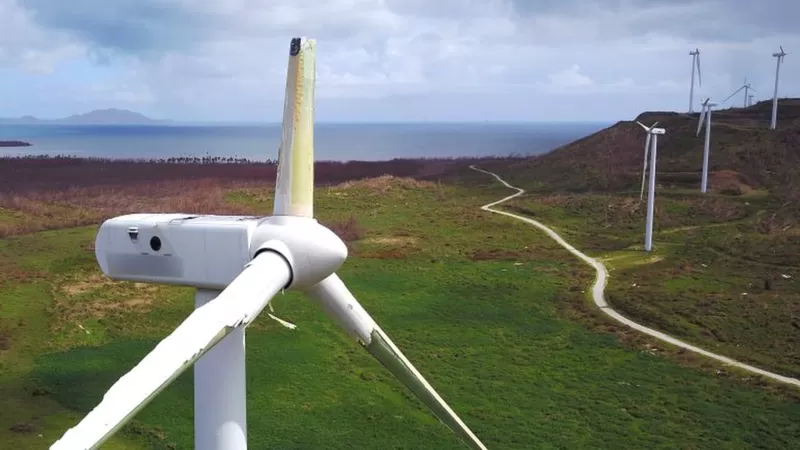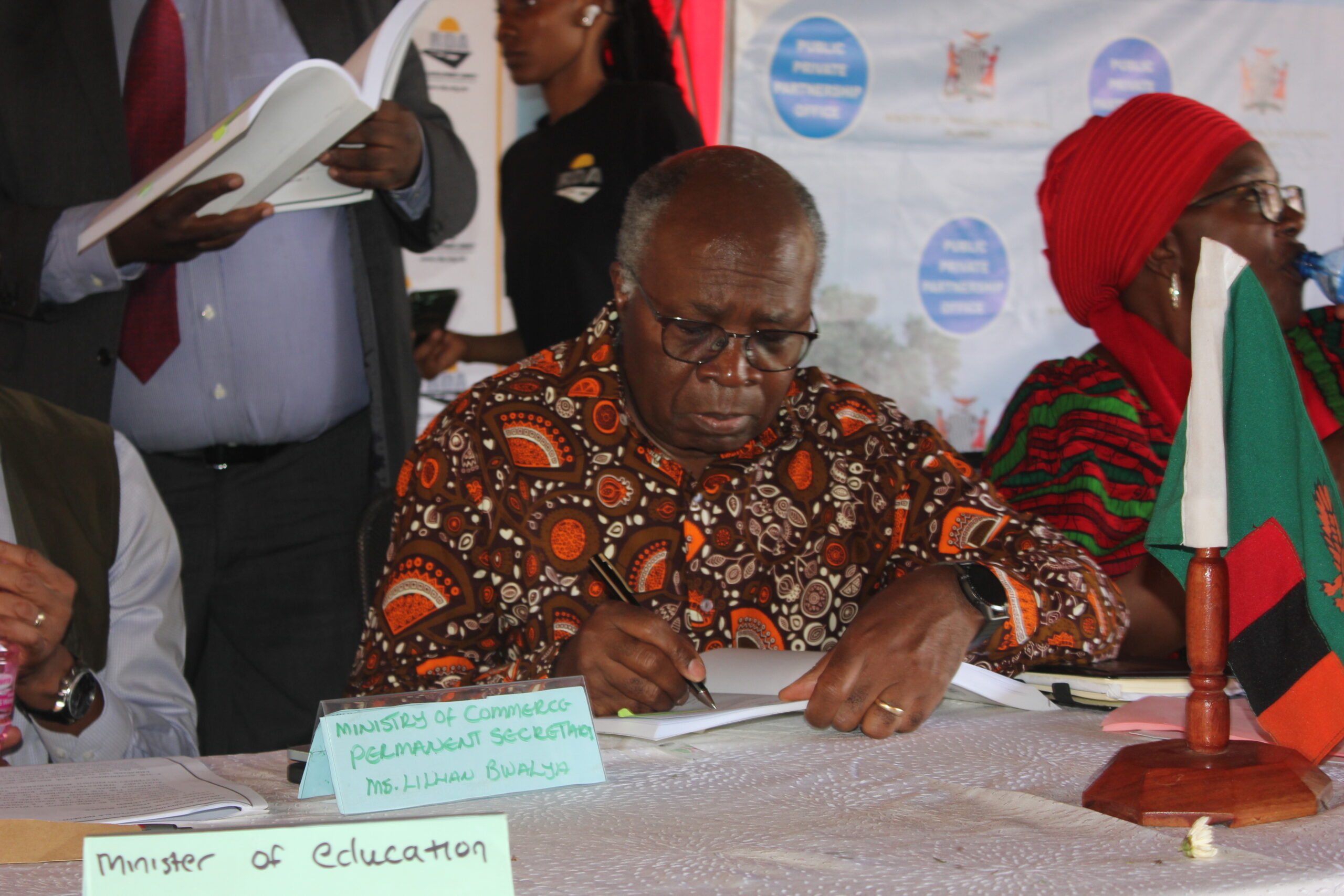The world’s biggest storms, which whip the high seas into a frenzy or flatten buildings on land, have long daunted wind farm developers. But that is changing.
Operators are increasingly adopting turbines designed to withstand tropical cyclones. One of the latest examples is a “typhoon-resistant” floating wind turbine, which will soon help to power an offshore oil platform in China.
According to the manufacturer, MingYang Smart Energy, this 7.25 megawatt (MW) turbine can survive wind speeds of up to 134mph for 10 minutes. It has been installed at a facility 136km off the coast of the island province of Hainan.
MingYang did not respond to a BBC request for comment but theirs is not the first turbine designed to face down such an onslaught. In 2021, US firm GE received typhoon-certification for its mammoth Halide-X turbine. It is fixed, not floating, and has a capacity of up to 13MW.
The blistering growth of the wind energy industry is pushing turbines to their limits and some question whether the pace of the rollout is wise.
While components such as turbine blades are remarkably strong, they are not indestructible. And the forces of nature, especially out at sea, are notoriously unpredictable, meaning the pressure is on to prove that wind turbines really are hurricane-ready.
Tropical cyclones – often called typhoons or hurricanes depending on location – are a familiar threat in certain parts of the world, including in the Gulf of Mexico or around much of Southeast Asia.
Such storms can produce wind speeds well in excess of 100mph. The strongest one-minute sustained winds on record, of 215mph, were created by Hurricane Patricia in the Eastern Pacific in 2015.








